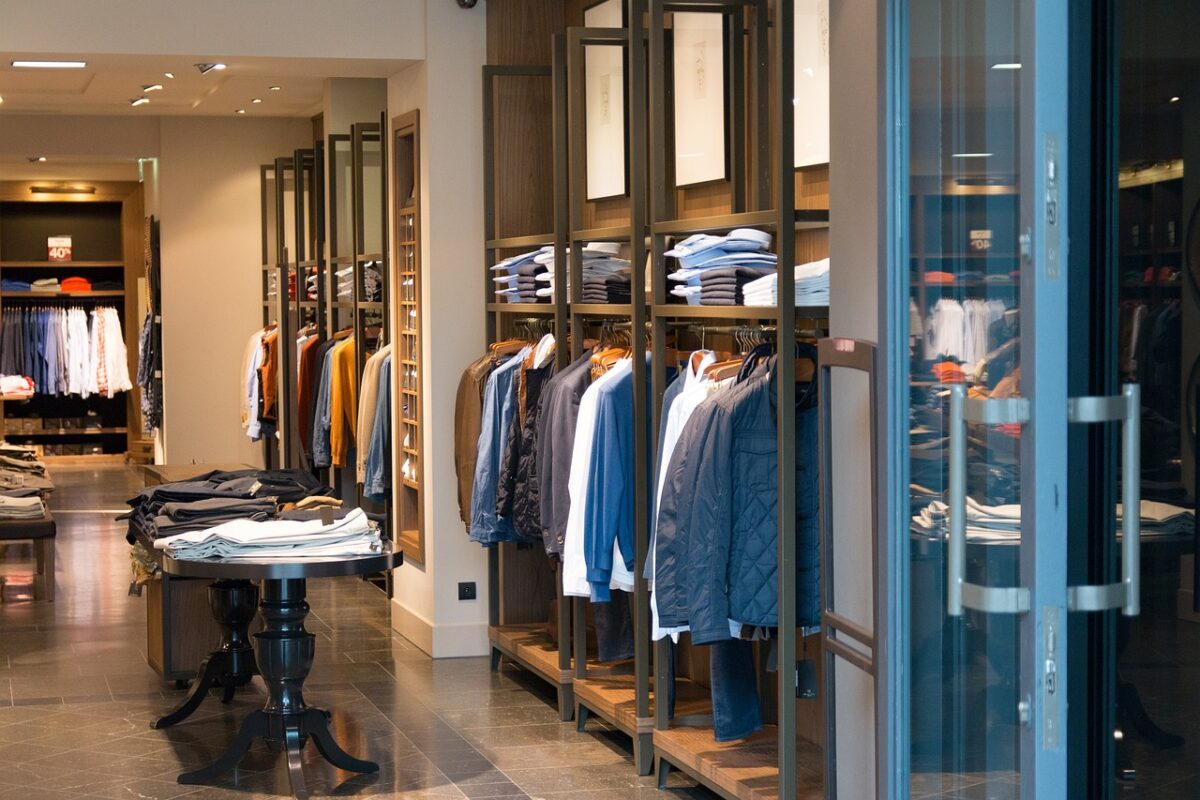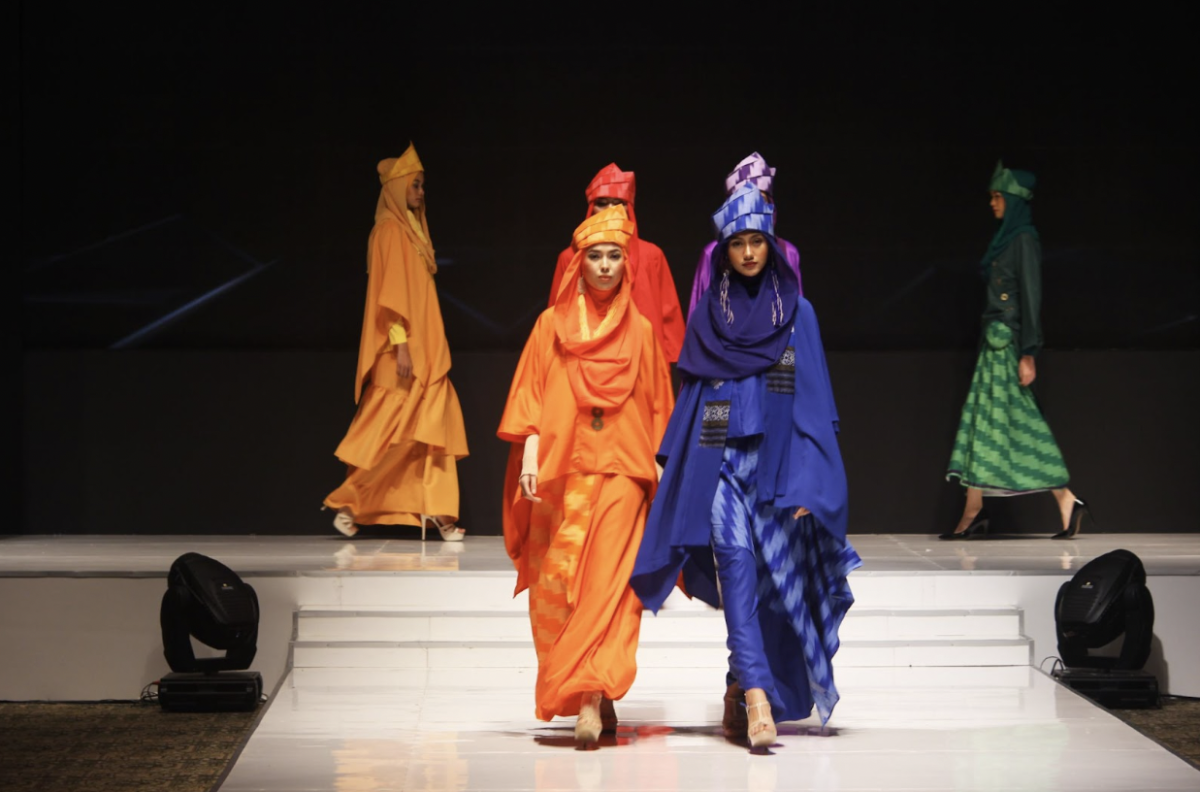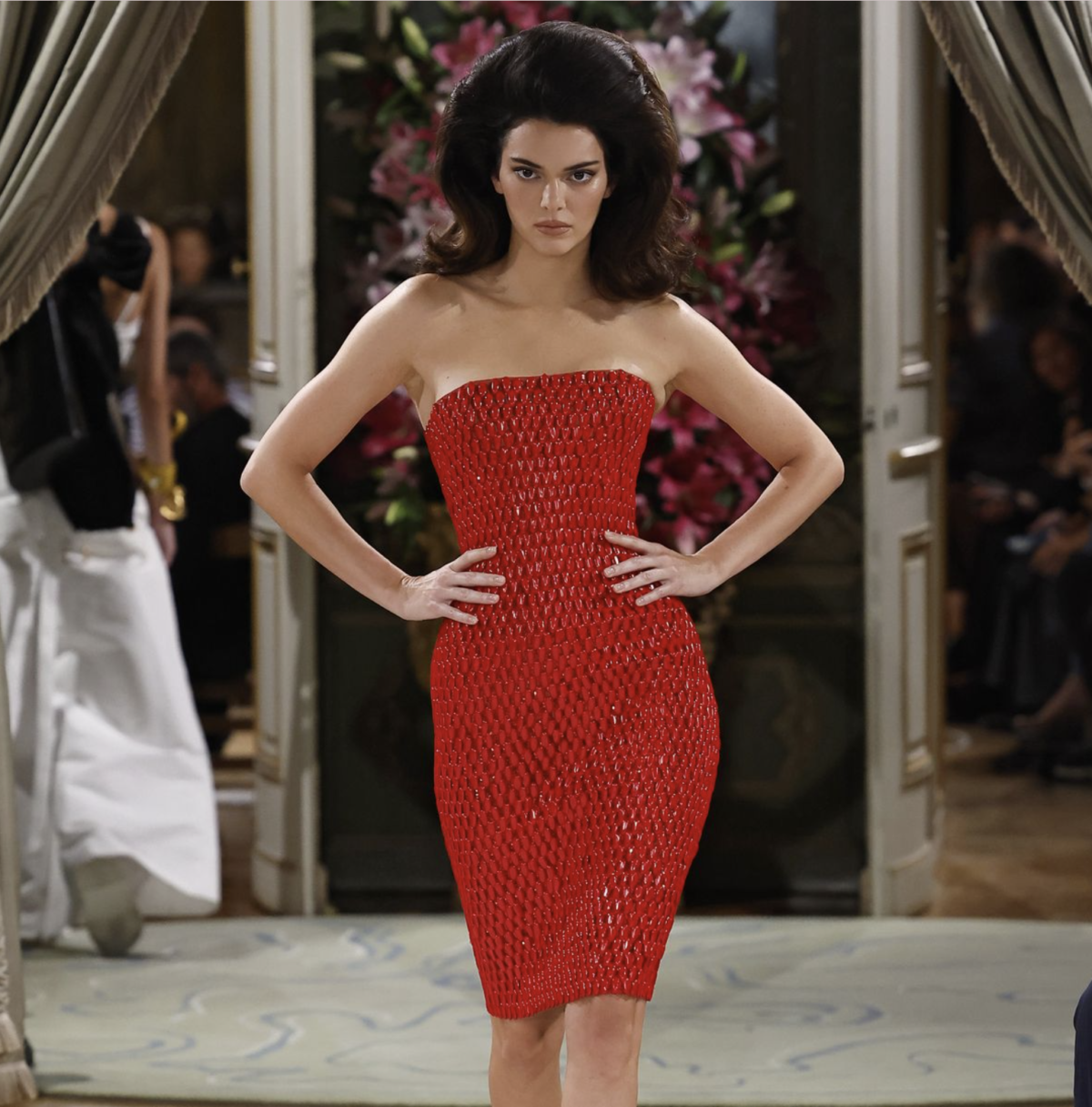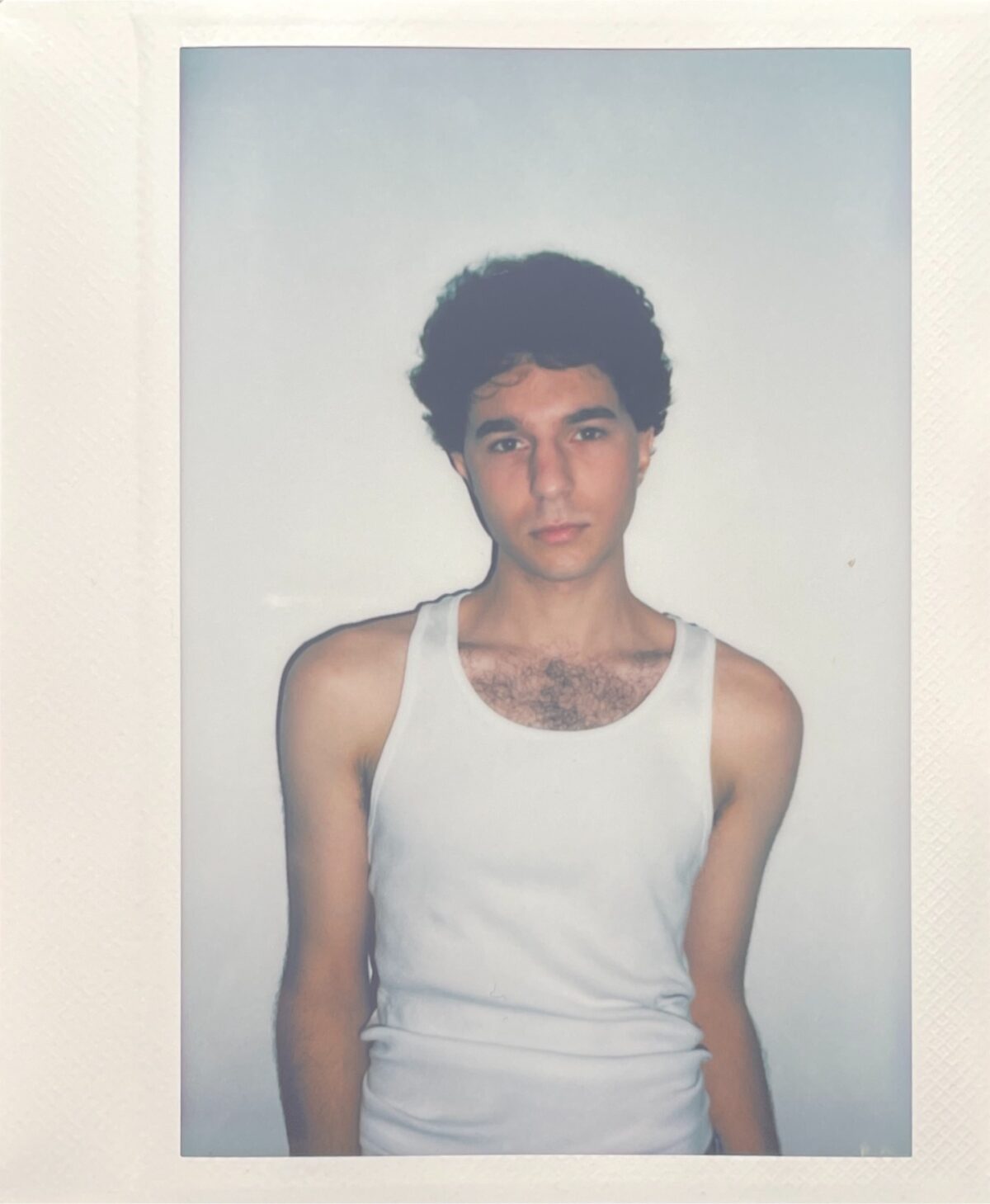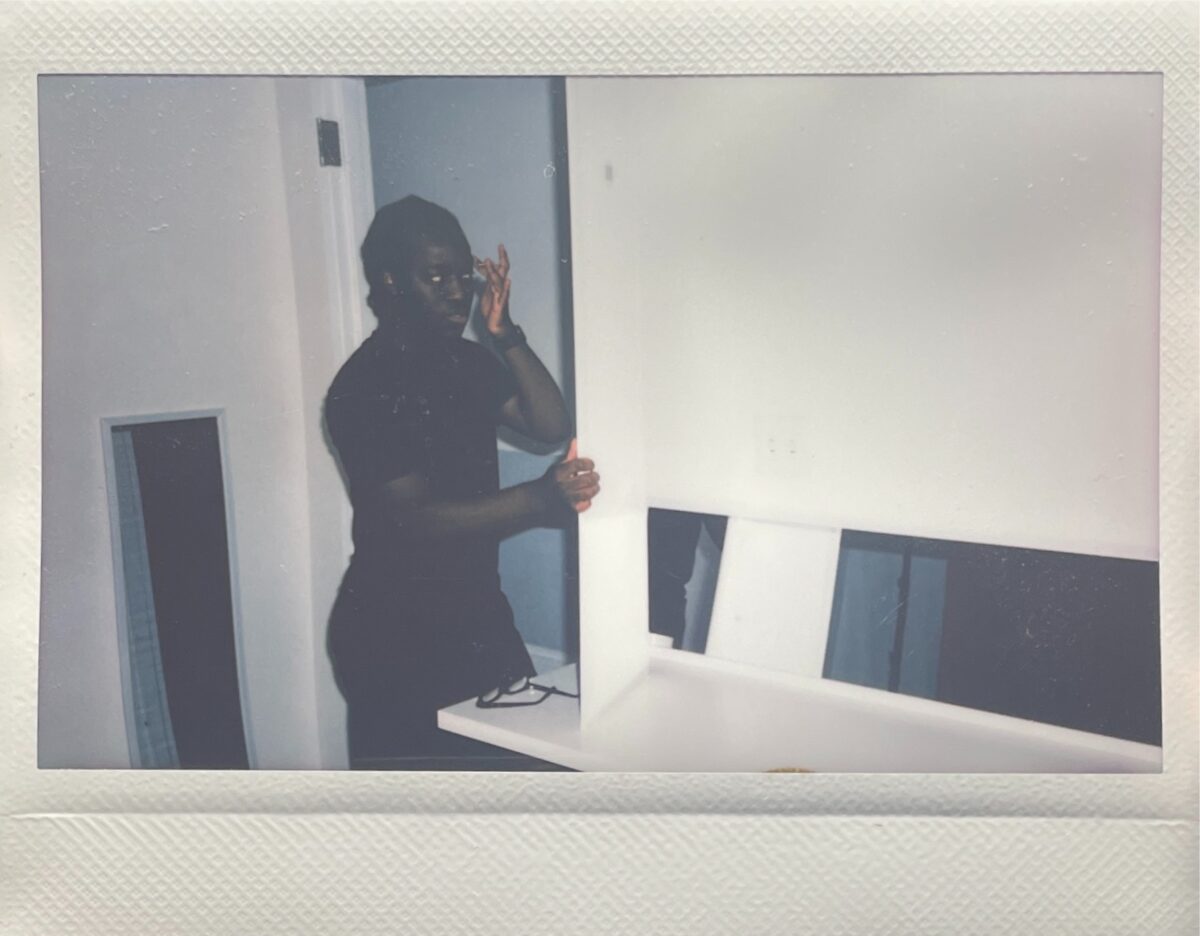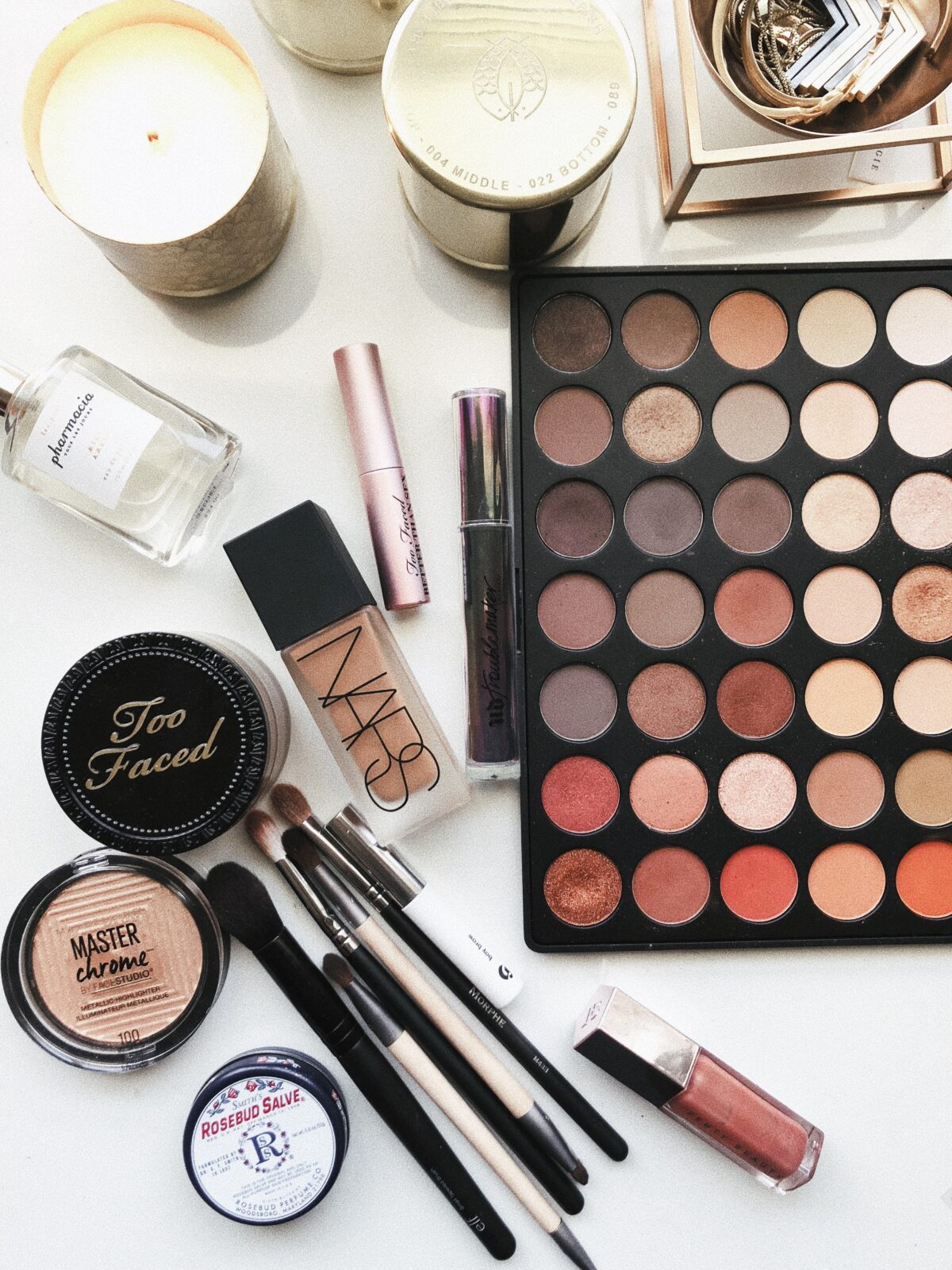Walking into the Oak Brook Mall J.Crew with my mom and sister and promptly splitting to the “Crewcuts” section remains a vivid memory of mine. My mom would look for clothes for herself, while my sister and I argued over which one of us would get to wear the tweed dress with the pearl detailing […]
